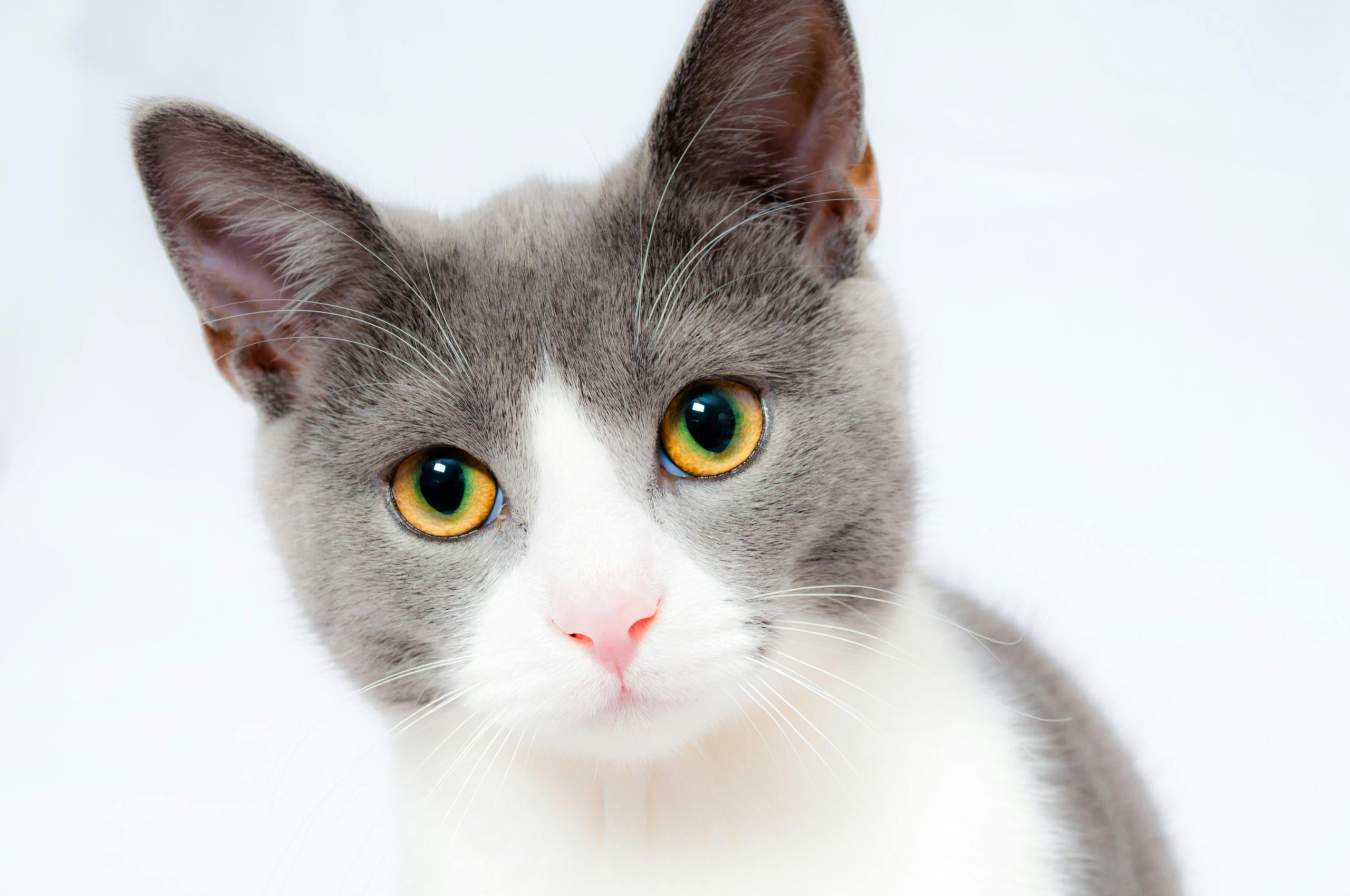How to Build a Safe Climbing Structure for an Energetic Cat?

Cats are fascinating creatures, full of energy and curiosity. Their love for climbing and exploring high places goes back to their natural instincts. From trees to shelves, cats can be found adventuring at different elevations. Therefore, it becomes essential to create a safe yet appealing space for your feline friend. This guide will walk you through the steps to build a secure climbing structure, catio, specifically designed for an energetic cat.
Choosing the Right Materials for the Catio
Before laying the foundation for a catio, it is paramount to select suitable materials. This step has a significant influence on the durability, safety, and aesthetic appeal of the catio. It is crucial to consider the nature of your cat – love for scratching, climbing, and playing with toys.
Dans le meme genre : What Are the Essential Nutrients for a Growing Puppy?
Cats have a natural tendency to scratch. It helps them in removing the dead outer layer of their claws, marking territory with their scent, and stretching their body. Hence, incorporating scratching-friendly materials like sisal rope or carpet can be an excellent idea. These materials are not only durable but also provide a satisfying texture for cats to scratch.
The structure of the catio should be sturdy enough to withstand the weight and energy of your cat. Thus, you might opt for solid woods, metal, or thick plastic for the main structure. These materials ensure stability and durability, reducing the risk of toppling over.
A voir aussi : What’s the Best Way to Clean a Dog’s Ears Without Causing Stress?
Including soft materials like fleece or velvet can create a comfortable space for your pet to relax. Also, these materials can be cleaned easily, maintaining a hygienic environment.
Designing the Catio
Once you have gathered all the necessary materials, the next step involves designing the catio. This step primarily focuses on providing an enriching environment for your pet to play, climb, and relax.
Cats are adept climbers and harbor a natural desire to explore vertical spaces. Therefore, your design should incorporate high shelves or towers, enabling your cat to satisfy their climbing instincts. Ensure that these elevated platforms are spacious and secure, promoting safety while climbing.
Scratching posts can be strategically placed around the catio. It not only saves your indoor furniture from potential damage but also contributes to your cat’s physical and mental well-being.
Toys act as enrichment tools, keeping your pet engaged and stimulated. Including toys in your design can turn the catio into an interactive playground for your cat. You might consider hanging toys or catnip-filled toys, which are known to stimulate play behavior in cats.
Building the Catio
Building a catio from scratch can seem like a daunting task. However, with careful planning and execution, you can craft a perfect play area for your energetic cat.
Start with the base level. It should be strong and stable, capable of supporting the entire structure. You might consider adding a layer of carpet or fleece on the base to make it comfortable for your cat.
Next, construct the tower and shelves. These should be sturdy and well-balanced, enabling your pet to climb safely. The shelves can be spaced out, providing ample jumping and climbing opportunities. On the other hand, the tower can be wrapped in sisal rope, transforming it into a large scratching post.
Toys can be added at different levels. Hanging toys can be attached to the underside of shelves, while ball toys can be placed on the base level. This arrangement encourages your cat to explore all levels of the catio, offering an enriching play experience.
Securing the Catio to the Wall
The final step in building a catio is securing it to the wall. Securing the structure to the wall enhances stability, reducing the risk of toppling over.
You should use robust wall anchors and brackets to secure the catio. The type of wall anchor depends on the wall material. For instance, toggle bolts work best for drywalls, while masonry anchors are suitable for brick or concrete walls.
Make sure the brackets are tightly fastened to the wall and the catio. To double-check the stability, you can gently shake the structure. If it wobbles or shifts, you might need to tighten the fixtures further or add more supports.
Remember, creating a safe and engaging environment for your cat is a labor of love. Your efforts will certainly be rewarded with the joy and satisfaction of seeing your furry friend happily exploring their new catio. So, get ready to roll up your sleeves and start building a play paradise for your energetic cat today.
Adding the Final Touches to Your Cat Tree
After securing the catio to your wall, the next step is to add the finishing touches. These enhancements can make the structure more attractive and enjoyable for your indoor cat.
To begin with, you can incorporate a cat bed at the highest point of your cat tower. Cats love to sit in high places and watch their surroundings, so this addition will be an instant hit. Ensure that the bed is secure and won’t slip off the perch. As a bonus, it can also serve as a cozy napping spot after a vigorous climbing session.
Another aspect worth considering is adding more scratching posts. To prevent your indoor cats from getting bored, try placing the scratching posts at different heights. Wrapping these posts in sisal rope provides an appealing texture for your cats to scratch and stretch.
To make the cat playground more fun, consider adding a variety of toys. Catnip-filled toys, balls, or dangling feathers can stimulate your cat’s playful behavior and keep them entertained for hours. If you’re looking to create a stimulating environment, wall-mounted toys can make your cat climb and exercise, tapping into their natural instincts.
Remember to keep the catio clean for your cat’s health and well-being. Regularly check the catio for any signs of wear and tear, maintaining the safety and integrity of the structure.
To Conclude: Creating a Space Cat Will Love
Building a safe climbing structure for your indoor cat is a rewarding task. Not only does it satisfy your cat’s natural climbing instincts, but it also provides a designated space for them to play, scratch, and relax. With careful planning and the right materials, you can create a catio that your cat will love.
Starting with choosing durable and cat-friendly materials, through designing the catio with plenty of high shelves, towers, and scratching posts, and finally, securing it properly, each step plays a crucial role in building a safe and engaging cat tree. Adding final touches like toys and a comfy bed can make it even more appealing.
By generating this DIY cat tower, not only are you contributing positively to your cat’s physical and mental well-being, but also creating an enriching environment that caters to their natural instincts. Whether it’s climbing, scratching, or simply lounging around, this customized catio ensures your furry friend is always entertained and comfortable.
Building a catio is indeed a labor of love. However, the satisfaction and joy you’ll experience as you watch your cat frolic in their new playground are well worth the effort. Image credit goes to all the chirpy cats who inspire us to create fantastic spaces for them.
So, roll up your sleeves, gather your supplies, and get ready to build a fantastic catio your energetic cat will adore!
